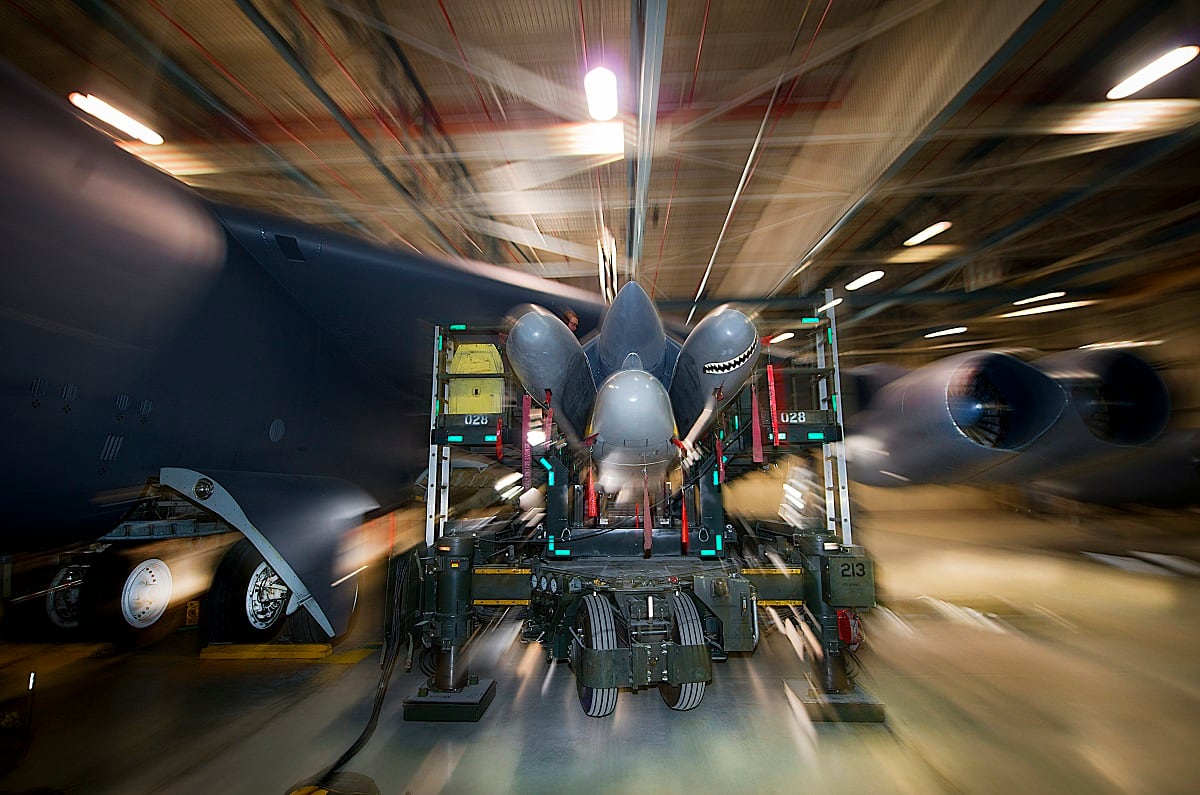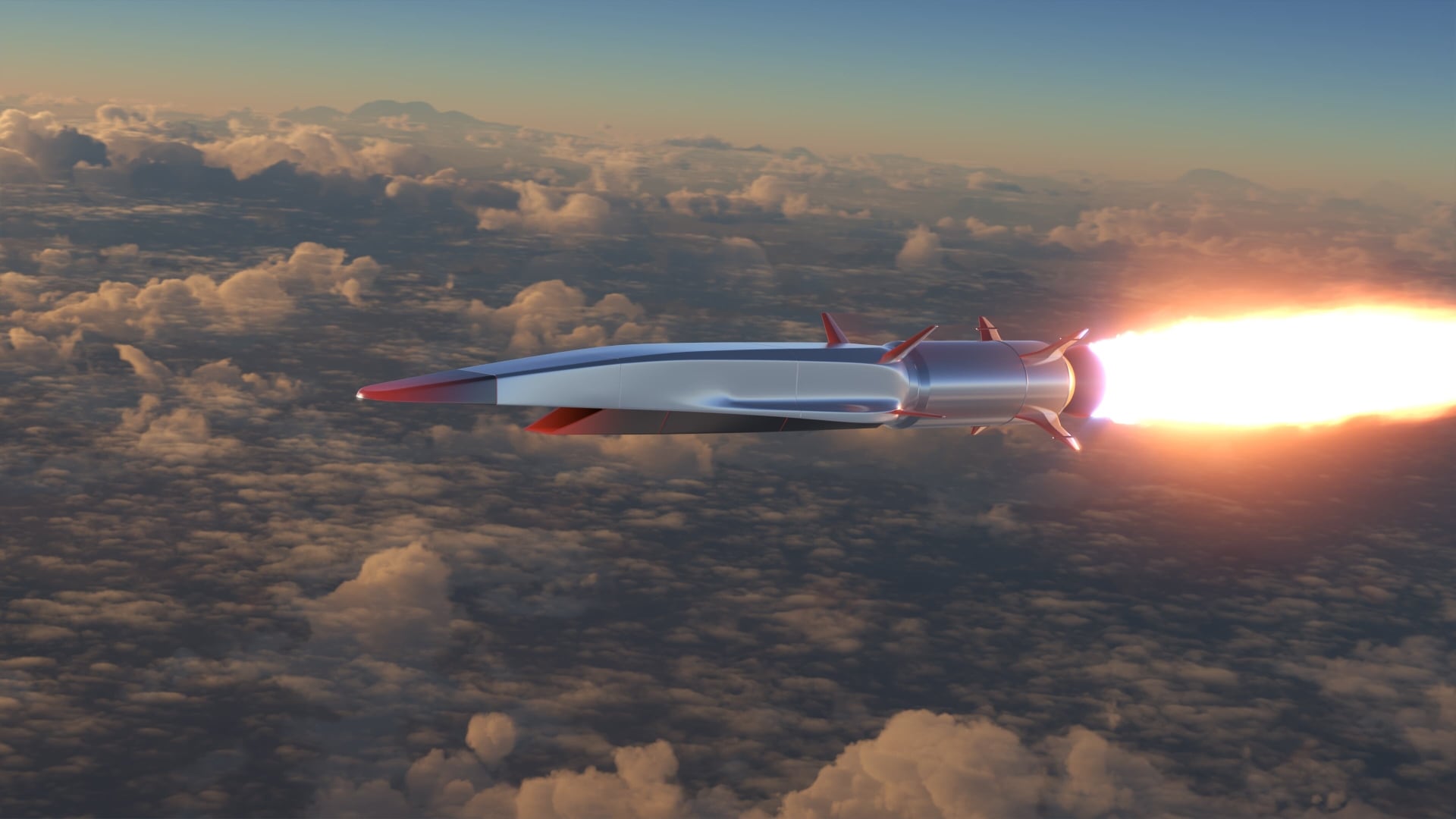WASHINGTON — Estimates for the cost of America’s nuclear warheads have gone up in the last year, as the government prepares to develop and maintain as many as nine new systems in the next 25 years.
The National Nuclear Security Administration’s fiscal 2019 Stockpile Stewardship and Management Plan, released Thursday lays out the investments that could be needed for the NNSA over the next two and a half decades.
The NNSA is a semiautonomous department within the Department of Energy. While the Defense Department manages the delivery systems of the nuclear force — ships, planes and missiles — NNSA oversees the development, maintenance and disposal of nuclear warheads.
However, NNSA costs are not just about the warheads, as requirements range from upgrading aging infrastructure, to increasing the production of plutonium pits, to securing facilities. The agency expects capital investments during this period could require spending between $61.1 billion and $90.7 billion, for example.
And the overall cost of replacing America’s nuclear arsenal will be much higher when factoring in the development of new cruise missiles, intercontinental ballistic missiles and bomber aircraft.
RELATED

Kingston Reif of the Arms Control Association said the report “highlights the enormous scope of work already on NNSA’s overburdened plate, and the additional work that the Nuclear Posture Review proposes to pile on top.”
He pointed to a chart in the report showing NNSA’s budgetary estimate for the next 25 years has grown significantly in the year since the FY18 estimate — by about $75 billion over the previous estimate.
“NNSA claims that this increase ‘is generally affordable and executable,’ but that's wishful thinking,” Reif said, noting previous concerns raised by the Government Accountability Office that NNSA could not meet its requirements with its planned budget.
The cost increase is partly driven by the Trump administration’s Nuclear Posture Review. Released early this year, the NPR called for two new nuclear warhead designs as well as an overall recommitment to the nuclear triad.

Here are the major warhead programs the agency is tracking as it assesses the nuclear stockpile for the next 25 years:
W76-1 — The W76-1, which is placed on the re-entry vehicle for the submarine-launched Trident II ballistic missile, will be the first completed program, with production slated to be finished during this fiscal year, NNSA estimates.
Completing that program is a major milestone, not just because of the capability it will provide, but because it is the first of the major life-extension programs NNSA has underway — something of a proof-of-concept for the agency going forward.
W76-2 — A new low-yield nuclear warhead first announced in the Nuclear Posture Review, the W76-2 is the newest design, and hence in the earliest stages. The agency does not offer up an estimated price tag for the program, but the administration repurposed $65 million in funding during FY19 to begin development on the weapon, a variant on the W76-1.
Production for the W76-2 is slated to go into FY24, but whether it gets there depends on the outcome of next week’s midterm elections. Democrats oppose the warhead design, and Rep. Adam Smith of Washington, who is expected to become chairman of the House Armed Services Committee should Democrats take the House, said he will look to kill the development and use those funds elsewhere.
B61-12 — The B61-12 program, which will replace the B61-3, -4, -7 and -10 variants with a new warhead design, will deliver its first production unit in FY20 and complete production by FY24. NNSA estimates the program will cost between $7.3 and $9.5 billion.
The B61 is America’s nuclear gravity bomb, and its upgraded variant will be certified on the B-2 the future B-21 , America’s F-15, and F-16 fighter aircraft, and British and German Tornado aircraft under a NATO agreement. The F-35 is also planned to go through certification on the weapon at some point in the next decade.
W88 Alt 370 — This program, another warhead update for the Trident II ballistic missile, will deliver its first production unit by December 2019, with complete alternations by FY24. The life-extension program adds new fuzes and other technology to update the warhead. The program faces “a continued risk of late component design changes,” in part because the warhead is a co-design between the Air Force and Navy. NNSA estimates the program will cost between $2.4 billion and $3.1 billion, with $2.6 billion as the more likely cost.
W80-4 — This warhead design is for the Air Force’s long-range standoff weapon, or LRSO, a new air-launched nuclear cruise missile. Because the warhead is being designed at the same time as the LRSO delivery system — the first time in 30 years the two have been done in parallel — the program faces “unique” risks, the NNSA report says.
In addition, the program “experienced a loss of $120 million in productivity due to delays associated with Continuing Resolutions since the beginning of FY 2016. As a result, ramp-up of management and operating program staffing was constrained for 3 years across the entire nuclear security enterprise,” leading to a four-month delay from where the program ideally should be, the report states.
Overall, the agency estimates a program cost of $7.6 billion to $11.7 billion.
RELATED

W78 replacement warhead — Designed to go aboard the Air Force’s next-generation ICBM, currently being competed as the Ground Based Strategic Deterrent program, it is the furthest out of the programs. The system was originally scheduled to go live in FY25, but a decision made in 2014 pushed the delivery date to FY30. Notably, NNSA now seeks to advance the program by a year in order to best sync up with the GBSD development schedule.
“Production is predicated on all newly manufactured components and a nuclear material manufacturing modernization strategy that relies on large, multi-year investments in component and material capabilities,” the report notes. “Program success is contingent on the development of new technologies to address antiquated design, material obsolescence, and performance expectations.”
The agency estimates the cost of the program will be between $9.9 billion and $15.1 billion.
Other future systems — NNSA says it will support the Pentagon as it launched an analysis of alternatives on a still-unnamed sea-launched cruise missile, the second new system announced in the Nuclear Posture Review. Until that program is completed, however, the agency will not start a formal program. And like the W76-2, the future of this system may depend on election outcomes.
NNSA also has space for two systems labeled Ballistic Missile Warhead (IW or BM-Y) and Ballistic Missile Warhead (IW or BM-Z), essentially two future warhead designs that could replace the W78. The cost estimate for the BM-Y ranges from $12.7 billion to $18.9 billion, with production starting around FY35; the estimate for BM-Z ranges from $14.2 billion to $20.6 billion, with production starting around FY41.

Updated 11/2/18 at 5:27 PM EST with Young’s updated tweet.
Aaron Mehta was deputy editor and senior Pentagon correspondent for Defense News, covering policy, strategy and acquisition at the highest levels of the Defense Department and its international partners.








